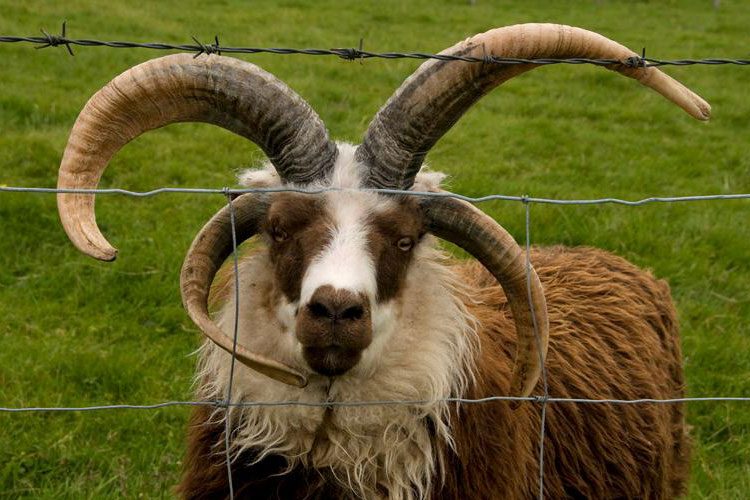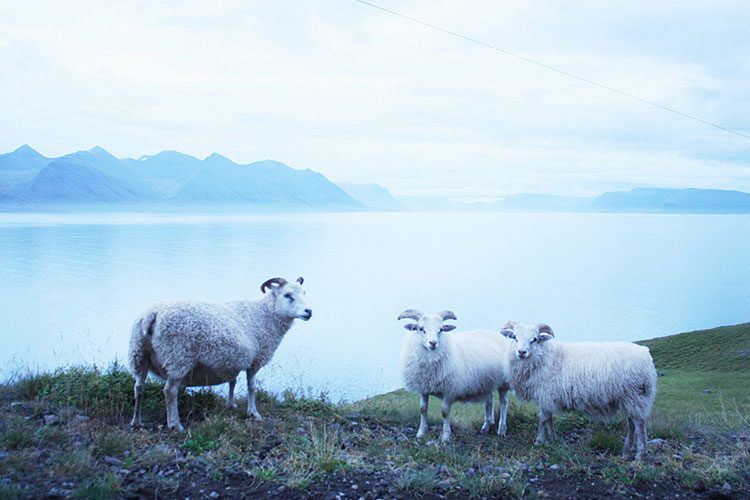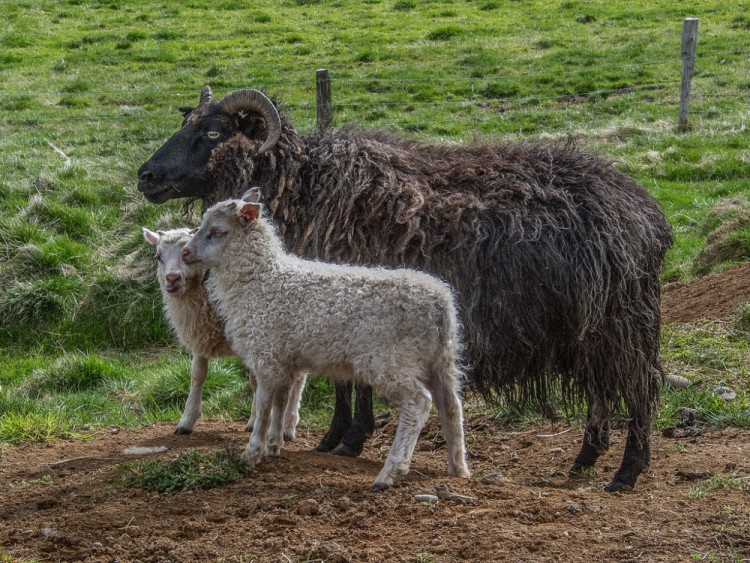Every September, Icelandic farmers embark on the annual tradition of scaling mountains to collect their sheep before Iceland's long and dark winter sets in. The sheep roundup, called réttir, is one of the most important events in Iceland’s countryside, and one that welcomes tourists.
.jpg)
Iceland’s sheep freely roam the mountains and fjords during the summer, basking in the long sun-filled days, while seasoning and fattening themselves with lush lichen, moss and grass. In the autumn, entire rural communities gather for one weekend to stake their claim on their sheep, and celebrate with friends, family neighbors and visitors.
The sheep are rounded up in a wooden sheepfold, consisting of an inner and outer circle with several compartments between the two. Each compartment is assigned to a particular farm for their sheep. Each farm has its own earmark symbol and the farmers and friends herd the sheep into separate pens.

During this time, sheep are trotting about, baaing and bucking, while carefully being sorted. Visitors will see farmers and children mounting the backs of ewes and rams to guide them to the relevant pen. After all the sheep are sorted, the farmers and guests share a cup of coffee and maybe a slice of cake while others walk along the sheep, take pictures and pet them. Farms are welcoming more tourists and are happy to share this annual tradition.

Food is also big part of réttir with special dishes making their way around the farm as well as sending the unfortunate lambs off to the slaughterhouse. Réttir is a reminder that fresh lamb meat will be on the way. The meat is used for everything from traditional meat soup, lamb chops and hot dogs to Icelandic specialties including slátur (liver sausage) and svið (singed lamb heads).
Sheep are the lifeblood of the tiny North Atlantic island of 330,000 people, not just for nourishment and a source of income, but for their thick and warm wool. Icelandic sheep are a unique breed as the purity of the strain has been protected and preserved by centuries of isolation. Indeed, the breed has evolved over 1,100 years of surviving in a sub-Arctic climate producing long and tough outer fibers and soft and fine inner fibers. Colors of the breed vary. There are over 30 natural sheep colors, including yellow, black, and brown, but most Icelandic sheep are white. The bright white coats can be seen dotting the countryside in the autumn.

The natural benefits of the wool are unique to the breed as well. Icelandic sheep are known for having warm, lightweight, breathable and water repellant wool. Iceland’s wildly popular woolen sweaters, called lopapeysur, can be seen on tourists and locals strutting the streets of downtown Reykjavik as well as the countryside.
So, you want to meet these fluffy Icelandic sheep and maybe see some gorgeous scenery on the side? We don't blame you. Check out one of Nordic Visitor's popular self-drive tours to experience all that rural Iceland has to offer.
Have something specific in mind? We’re Iceland travel experts. Let us know what interests you and we’ll put together a custom itinerary to your liking. We'll even advise you where to buy the best handknit woollen sweaters in Iceland!
